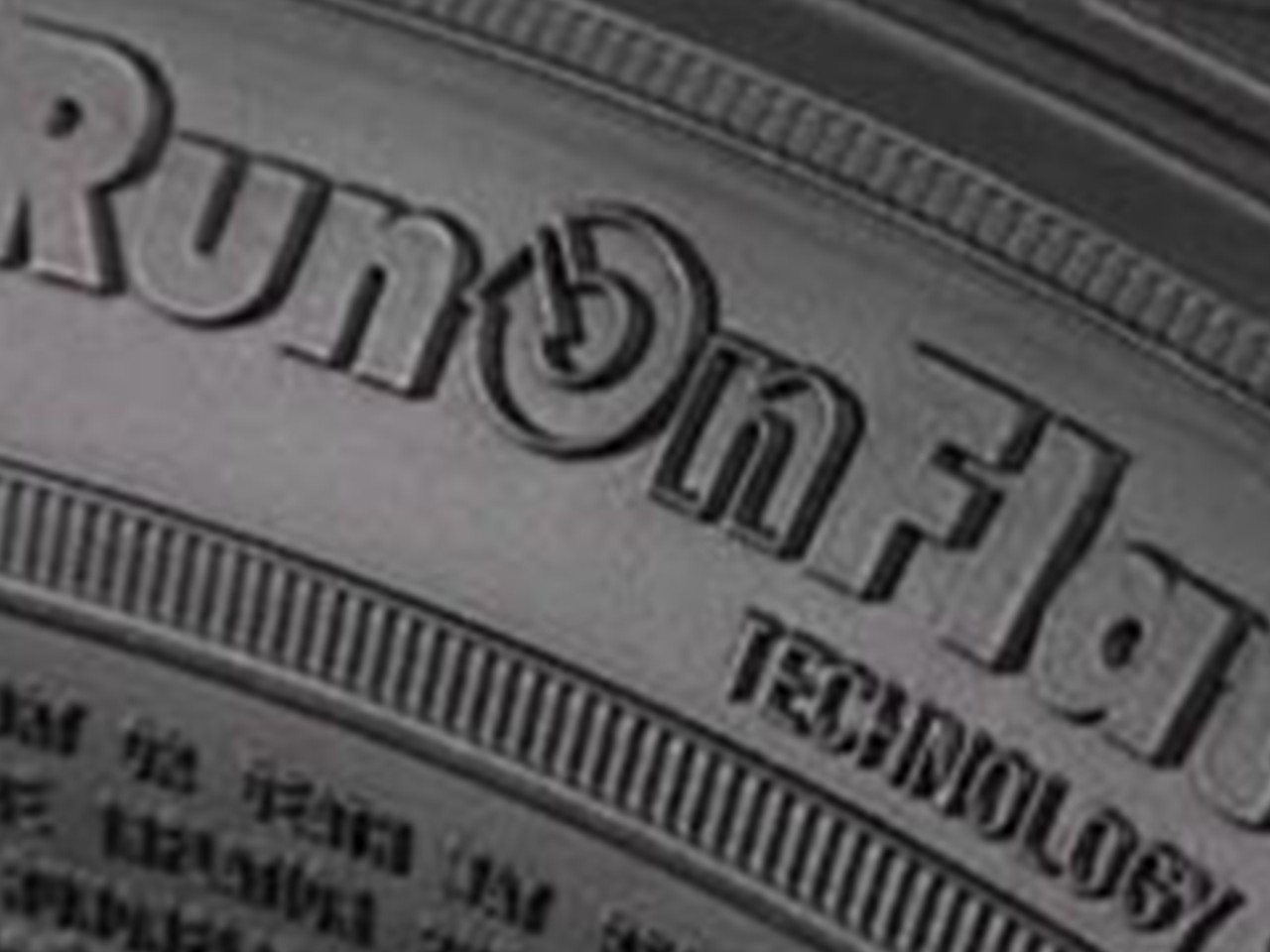In some cases, it is strongly recommended to not mix tyres on your vehicle – you should use the same tyres on all 4 points. Mixing tyres has the potential to be dangerous, damage other parts of your car and in some cases even be illegal. Ideally tyres should be the same brand, tread pattern, load index and speed rating – the only exception to this is if the manufacturer specifies different tyre sizes for front and rear tyres, other than this all other factors should be the same.
This guide will touch on most frequently asked elements of mixing tyres that are often asked, as well as going through how tyre rotation can help to extend the life of all tyres on the vehicle to promote even wear.
One of the most frequently asked questions is around seasonality of tyres. Whether it’s mixing summer and winter tyres or mixing summer or winter tyres with all season tyres, this is something that is strongly not recommended. All four tyres should be the same seasonality pattern.

When it comes to seasonality, you should replace all tyres with ones that suit the correct season/climate and store your summer/winter tyres safely with your local tyre dealer or do it yourself. Read more on storing tyres and seasonality.
We strongly advise against mixing run flat and standard, conventional tyres. Run On Flat tyres due to their design will flex in a different way to a standard construction tyre. In some driving conditions the tyres may not react in the same way across the axle.

Best practice would be to fit the same tyre on all wheels on your vehicle. If you need to replace 2 tyres but can’t find the same to match the current ones on your vehicle, then you should look to replace all 4 tyres. In some cases, it can be possible to fit the same brand and similar tread patterns to front and rear axles – two of the same brand/pattern on the front and then different brand/similar pattern on the rear.
Mixing tyres with different speed ratings is not illegal in the UK as it is across other countries, however it is strongly advised to use tyres with the same speed rating on tyres across both axels. It is recommended to replace your tyres with the original sizes/ratings that are recommended by the vehicle manufacturer. It is possible to change to a tyre with a higher speed rating but fitting a lower speed rating than the tyres originally fitted to your vehicle can be dangerous.
Depending on where the tyres are positioned on your car, tyres can wear more quickly. Rotating your tyres at regular intervals of roughly 6,000 miles for cars and 4,000 miles for 4x4 vehicles can help to extend the lifespan of your tyres by ensuring a more even wear. Distributing wear evenly across all four tyres will also help to extend performance for as long as possible – when tyres begin to wear closer to the legal tread limit of 1.6mm, performance can also decrease.
